With 4D-TBO, air traffic controllers may soon have a way to make holding patterns a rare event, even at very busy airports. And the biggest surprise, is how little will have to change on aircraft, to make it possible!
We already saw Airbus working on ways to save fuel by flying airliners like geese, following each other. Now we’re going to see how they are saving even more fuel, but getting planes to land quicker. Almost like ducks following each other in a pond…
You’ve probably seen videos, somewhere, showing aircraft coming in for landing, one after the other. With a nice, long lens, probably in fast-forward, they almost look like they are on an invisible conveyor belt! Ever wondered how they do that? How do multiple aircraft, taking off from different corners of the world, all arrive like that in perfect intervals? And what does 4D-TBO have to do with it?
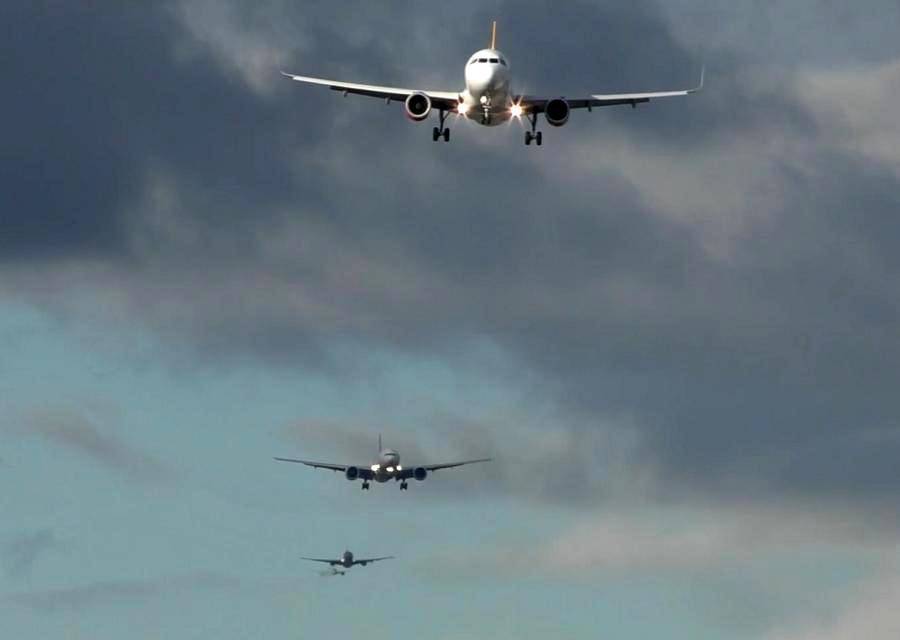
Before all of these aircraft get on that invisible conveyor belt, most or all of them had to wait around a little. Air Traffic Controllers (ATC) had to position them in holding patterns, then release them, one by one. And they then had to get them to adjust their speeds up or down, to stay in the right position. But now, 4D-TBO makes some bold promises, to make this job a whole lot easier.
Three Dimensions Plus Time
It’s not a sexy-sounding name, for sure. ‘4D-TBO’ stands for “Trajectory Based Operations in 4 Dimensions”. If this seems a bit odd, since the world has three dimensions… well it doesn’t. Aircraft have latitude, longitude and altitude, but they also have time. And it is specifically this time aspect that makes this system new, and even exciting.
Before explaining 4D-TBO, it’s probably a good idea to describe what pilots and ATC are doing today. Before the flight, pilots (or more commonly, their airlines) file a flight plan. Then just before they get going, pilots ask for this plan to be cleared. ATC will do so, and will also give them a time slot. This is a brief time window, in which they need to go. This is because in busy (pre-Covid) times, the sky over their destination airport could get too busy.

Without 4D-TBO, ATC calculates these slots, using past experience and a bit of guess work. They know roughly how long a 737 or A320 needs to climb to cruising altitude. And they can make a similarly good guess on what speed the plane will have in cruise. They can even try factoring in winds. The system works, but its accuracy, at the best of times, is measured in minutes.
What present systems can’t do, is position the aircraft, one ahead of the other, on final at their destination airport, in 2-minute intervals. 4D-TBO promises to do it by calculating the plane’s performance from very early on. Basically, while it’s still at the gate at its origin airport. Well – almost.
How 4D-TBO Works
4D-TBO uses data from the aircraft’s Flight Management Computer (FMC), transmitted to ground stations either via radio or satellite. There are separate movements to make it possible for pilots to file and approve flight plans this way, rather than listening and reading back instructions. The hope is that this will reduce errors, i.e. pilots writing the plan correctly on paper, then making errors as they program the FMC.
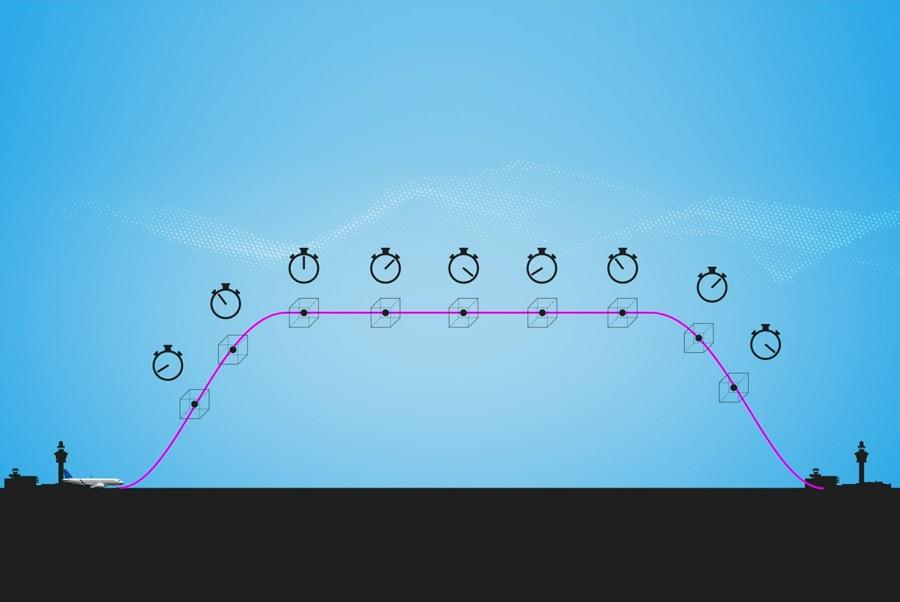
With 4D-TBO, once the FMC is programmed with the trip, it will quickly radio back ATC. It will then tell their computers what time the plane expects to be at specific waypoints, along the way. This is while the plane is still on the ground. Then once it takes off, the aircraft will keep radioing back at regular intervals, with updates on its progress.
This specific time information is what makes 4D-TBO so promising. Before, ATC already knew where the plane is going and which waypoints it would use. That’s assuming no mistakes, of course. But even with everything going according to plan, the system can never be 100% accurate. Pilots could be going a bit slower or faster, depending on aircraft weight. Some might be in a hurry to catch up from a delay, others not so much. Or a crew could request a deviation to a seemingly longer route, because it has better tailwinds…
Basically, 4D-TBO uses existing technology (ACARS) plus some new tools, to keep ATC up-to-date with the course the aircraft’s computer will follow. And they can be accurate to the second, with accuracy progressively improving, nearest to the destination airport. The system can also give ATC precise information about top-of-descent.
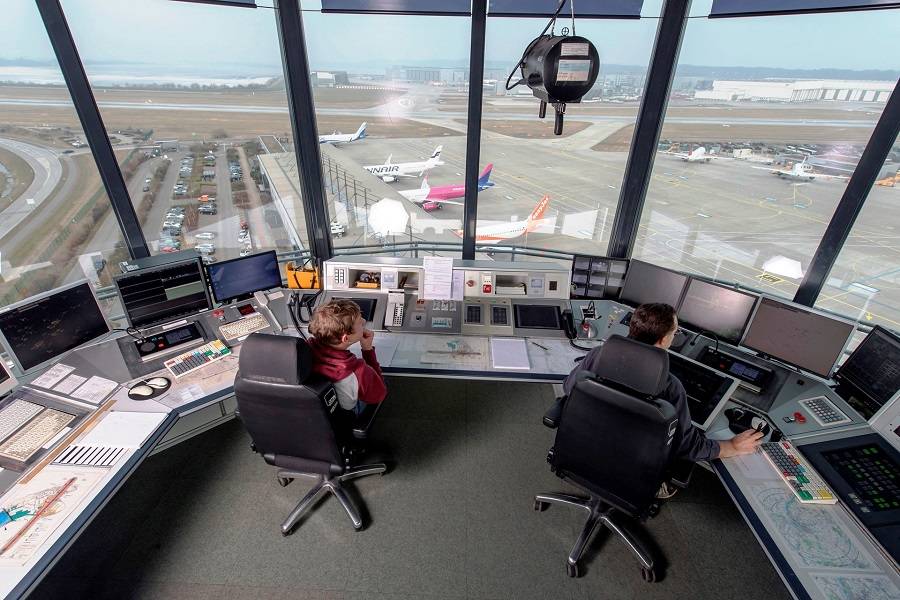
Descending Without Speedbrakes
An optimal descent profile is an important factor in fuel efficiency. If pilots descend too early, they will spend more time in thicker air, requiring more power – and fuel. If they have to descend late and fast, with speedbrakes, then they’re wasting energy – and fuel. With 4D-TBO, ATC will be able to see exactly where the aircraft’s computer has calculated the ideal top-of-descent to be.
Efficiency is key here. 4D-TBO helps controllers predict if an aircraft will arrive right when it’s supposed to. And they can start these predictions hours early, and accurately. If it looks like the plane will be late, they can schedule it to land behind other aircraft. If it’s too fast, ATC can instruct pilots to fly a bit slower – making very precise speed adjustments, hundreds of miles away. The goal is to avoid putting aircraft in holding patterns.
Airbus estimates that if a brand-new A320neo is flying in a holding pattern at 10,000 feet and 220kts, it burns 25kg of fuel per minute. Each racetrack pattern lasts four minutes. So that’s 100kg of fuel per pattern. Go into FlightRadar24 and check out how many aircraft over London, for example, have to go in circles. Remember, each circle is 100kg of fuel. And that’s an a new, relatively small A320neo. Older or bigger planes will burn more.
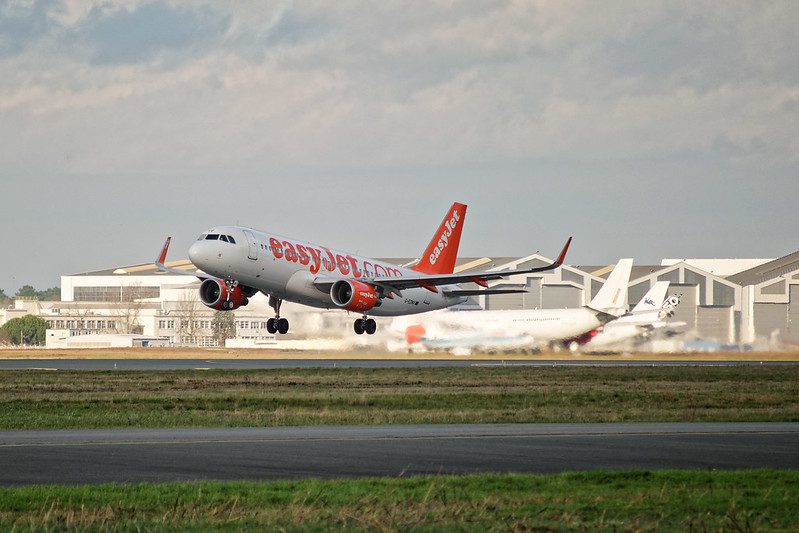
If 4D-TBO manages to reduce the number of holding patterns airliners need to do, the savings will be immense, in both time and emissions. The effect of this will be more pronounced for short and medium-haul flights, but everyone benefits. The shorter it takes between each plane’s take-off and landing, the fewer aircraft there are in the sky, at any one time. So the better the system works, the easier it gets!
4D-TBO Testing
Last year, Airbus finished a two-year test run of the 4D-TBO technology, under the EU’s SESAR programme. SESAR stands for Single European Sky Air Traffic Management Research, and… is self-explanatory. The test involved 90 (or 100, according to another source) Airbus A320 aircraft. They were spread across six airlines: Air France, British Airways, EasyJet, Iberia, Novair and Wizz Air.
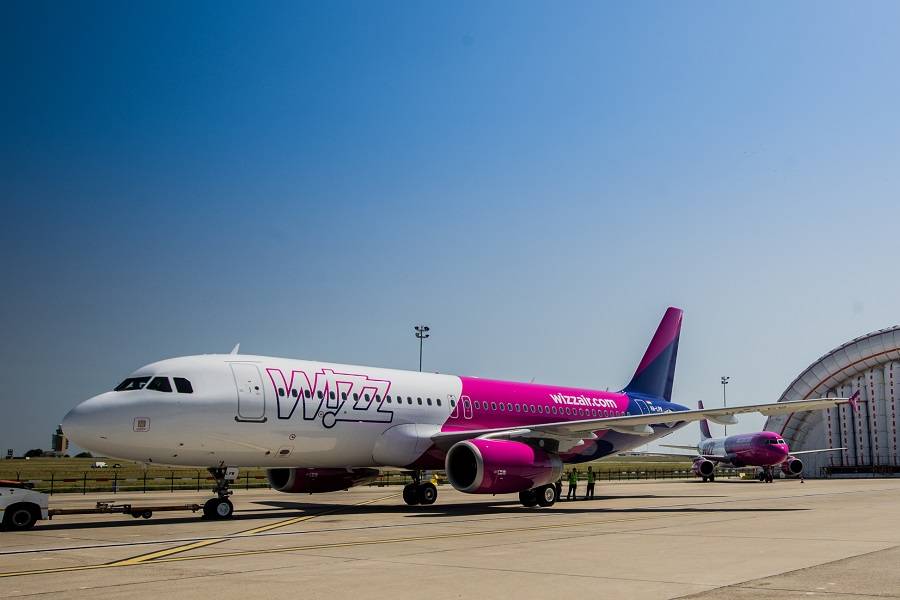
The test involved Airbus aircraft, that the manufacturer could program accordingly. But the ACARS equipment (including the FMC computers) are basically common across most popular airliners, today. So there’s no reason why 4D-TBO shouldn’t work for all airliners. In 2021, the technology will gradually enter service in several European countries. These include France, Switzerland, Hungary, Bulgaria, Poland and Spain.
It will be interesting to see how well this technology works. The hope is to extend 4D-TBO and ACARS usage even more. The system could even send/receive even turn-by-turn taxiing instructions, projecting them on an airport diagram. Really, the technology is already there!



